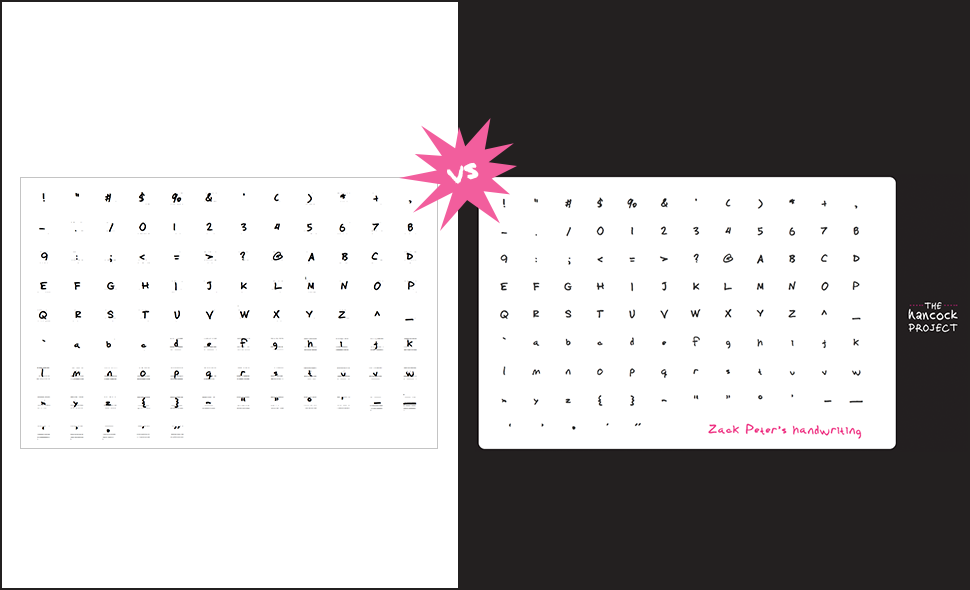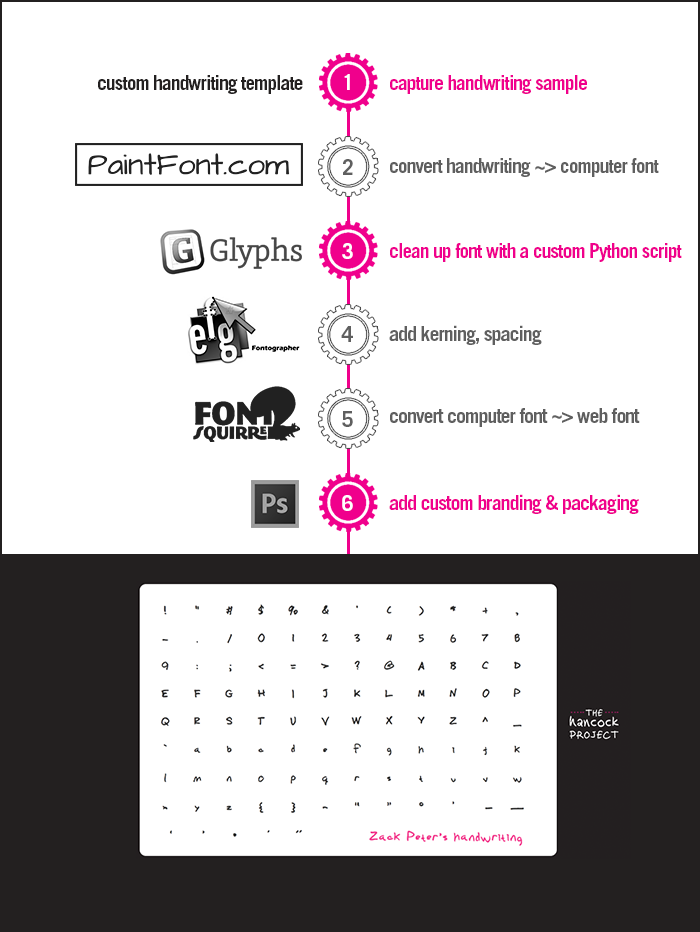We all know the adage, “work smarter, not harder.” And like most truisms, it’s easy to say but can get you punched in the face. Hard. Everyone wants to work “smart,” but the poor bastard you’re talking to is probably too close to their idea to realize they’re spinning wheels. Luckily, telling the difference between “smarter” and “harder” is something you can improve with practice.
Full disclosure: I’ve been that poor bastard. Many times. But I try to be less of one with each project — -to improve at identifying situations where building something creates new value versus simply re-invents a wheel.
Hopefully some of what I’ve learned can help you too.
Daisy chains and guerrilla development
The truth is, you can build pretty awesome products without actually building anything at all.
The thing about reinventing the wheel is that it’s not just a waste of time; you usually end up with a shittier wheel. It distracts you from the scarier, more ambitious challenge of identifying and harnessing a business opportunity.
Instead, take a moment to inventory the wheels already at your disposal. How much of your idea (or at least its perceived benefit) can be accomplished by chaining a few of these wheels together?
This was the idea behind The Hancock Project, a simple service that converts handwriting into a computer font that I created with Anthony Guidarelli.
Now, a handwriting-to-a-font service may not sound particularly original. (It isn’t). Apps like this are a dime a dozen and almost all of them share a commonality: they’re free and the quality sucks.
We wanted to see if we could improve upon the service enough to charge for it, while investing as little as possible into building “new stuff.”
The result looked something like this:

Let’s break it down. For end-users, step one is submitting a handwritten alphabet in PDF form. Once received, we take that and run it through a free font conversion site (thank you paintfont.com). Next, we clean up the rendered font file inGlyphs. This part is automated with a simple Python script, which is pretty much the only thing we made ourselves. After Glyphs works its magic, we take the cleaned up font, add kerning in Fontographer and Hancock Project branding in Photoshop.
And then we charge $39.95.

Packaging is critical when it comes to guerrilla development. Don’t think of aesthetic touches as a superficial throwaway — they let the customer know that you care.
Using another free font site called fontsquirrel.com, we provide a web version that can be embedded in anything from blog posts to tweets. This is another way to add value: while PaintFont and Font Squirrel obviously existed before The Hancock Project, they didn’t exist together in a single product.
Remember the thing about daisy chaining wheels that already work? The Hancock Project is what that looks like. There’s not much value in re-creating functionality that already exists, but there’s certainly plenty of cost. Had we built the service from scratch, the title of this blog would be something like “How We Lost $10,000 Trying To Optimize A Free Font Website.” Instead, we utilized existing solutions, streamlining the overall workflow and creating a better product in the process.
At the end of the day, the Hancock Project didn’t earn anyone millions, but we learned a lot and hey, $1,656.10 covers rent.

We also got to make some folks genuinely happy:
- “Holy wow, this is nuts!” -Meema
- “One of the best uses of Gumroad so far!”
- “My wife makes fun of me, but it’s too awesome for me to pass up.” -Rob
Takeaways
We had a lot of fun building the product, and though it could well have continued generating revenue, there were a few reasons we chose not to scale it.
For one, we never found a reliable distribution channel, despite experimenting with several. Nor did we ever come up with an especially compelling use case, novelty aside.
Weddings seemed like an ideal fit, and we doubled-down on exploring that segment. Most of the brides and wedding vendors we contacted thought it was a great idea, yet we couldn’t find a single bride who actually wanted it for theirwedding.
The metric we cared most about was the percentage of customers who actually used their font and what they thought of it. Surprisingly, half our customers never submitted their handwriting, even though they paid for the service. The reasons for this are many a varied (and would probably make for a good blog post). Our best approximation is that only 25% of Hancocks were ever used. People were happy to fork over $40 and submit their handwriting… then never use it. #damn.
While The Hancock Project is a cool idea, we concluded it wouldn’t translate to a good business.
How can I help you?
So, getting back to actionable advice and working smarter: what aspect of your idea can be accomplished through daisy-chains and existing services? If you’re not sure, just ask.
Describe your project in the comments below, and we’ll figure out how to “hack it” together :)
If you enjoyed this topic, here are a couple articles I’d suggest:
- “You Can Build Your Prototype Faster than You Think” by Betaworks
- “Set Your Priorities” by Joel Spolsky
